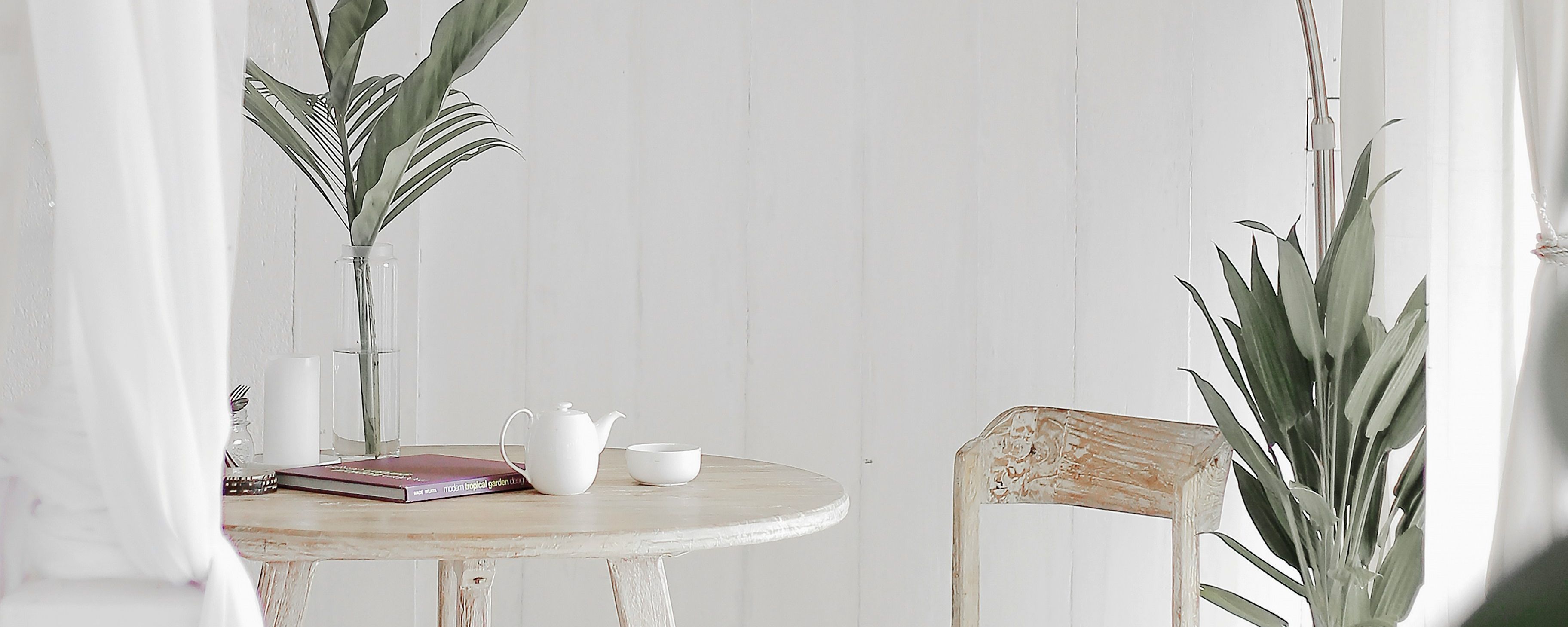The Essential Benefits of Accessible Home Modifications for Seniors: Improving Quality of Life and Independence

As we age, maintaining independence and quality of life becomes increasingly important. One of the most effective ways to achieve this is through accessible home modifications. These modifications can transform a house into a safe, comfortable, and functional living space tailored to the needs of seniors. Here’s a closer look at the essential benefits of accessible home modifications and how they can significantly enhance the lives of older adults.
1. Enhanced Safety and Fall Prevention
Reducing Fall Risks: Falls are a major concern for seniors, often leading to serious injuries. Accessible home modifications can significantly reduce the risk of falls. Key modifications include:
- Non-Slip Flooring: Installing non-slip flooring in high-risk areas such as bathrooms and kitchens helps prevent slips and falls.
- Grab Bars: Adding grab bars in bathrooms and along stairways provides essential support and stability.
- Ramps: Replacing stairs with ramps or installing stairlifts improves access and reduces the risk of tripping.
Improved Visibility:
- Better Lighting: Enhancing lighting throughout the home, including motion-sensor lights in hallways and night lights in bedrooms, helps seniors navigate safely.
2. Increased Independence and Autonomy
Accessible Design:
- Adjustable Features: Modifications like adjustable-height countertops and sinks allow seniors to use spaces comfortably, whether seated or standing.
- Lever Handles: Replacing traditional door knobs with lever handles makes opening doors easier for those with limited hand strength.
Ease of Daily Activities:
- Accessible Storage: Pull-out shelves, lowered cabinets, and easily reachable storage make it simpler for seniors to access everyday items without the need to stretch or bend.
Assistive Technology:
- Smart Home Systems: Voice-activated assistants and smart home technology enable seniors to control their environment with ease, enhancing their ability to live independently.
3. Improved Comfort and Well-being
Personalized Living Spaces:
- Customized Solutions: Accessible modifications can be tailored to individual needs, ensuring that each senior’s home is comfortable and functional according to their specific requirements.
- Adjustable Furniture: Furniture that can be adjusted for height or has added support can improve comfort and usability.
Enhanced Home Environment:
- Climate Control: Easy-to-use thermostats and automatic blinds help maintain a comfortable living environment without the need for physical exertion.
- Reduced Physical Strain: Features like pull-out shelves and accessible appliances minimize physical strain, reducing the effort required for daily tasks.
4. Support for Caregivers
Ease of Caregiving:
- Improved Access: Accessible modifications make it easier for caregivers to assist seniors, whether they’re helping with personal care or household tasks.
- Efficient Workflows: Well-designed spaces can streamline caregiving activities, reducing the physical and emotional demands on caregivers.
Safety for All:
- Reduced Risk of Injury: With safer and more accessible home environments, the risk of injury for both seniors and their caregivers is minimized.
5. Financial and Long-Term Benefits
Cost-Effective Solutions:
- Preventive Measures: Investing in accessible home modifications can prevent costly medical expenses and reduce the need for more extensive care in the future.
- Increased Home Value: Accessible modifications can also enhance the marketability of a home, making it more attractive to potential buyers.
Longevity of Independence:
- Extended Independence: By addressing potential barriers and hazards, accessible modifications help seniors maintain their independence for longer, reducing the need for institutional care.
6. Emotional and Psychological Well-being
Enhanced Confidence:
- Boosted Morale: Living in a safe and comfortable environment fosters a sense of security and boosts morale, contributing to overall well-being.
- Reduced Stress: An accessible home reduces the stress and frustration associated with navigating physical barriers, leading to a more positive outlook.
Improved Quality of Life:
- Personal Fulfillment: Accessible modifications enable seniors to continue enjoying their home and engaging in activities they love, contributing to a higher quality of life.
Conclusion
Accessible home modifications are more than just physical changes—they represent a commitment to enhancing the quality of life for seniors. By improving safety, increasing independence, and ensuring comfort, these modifications can make a profound difference in how seniors experience their daily lives. Investing in accessible home improvements not only benefits seniors but also supports caregivers and contributes to a more inclusive and enjoyable living environment. Embracing these changes helps seniors maintain their autonomy, dignity, and overall happiness in their golden years.

